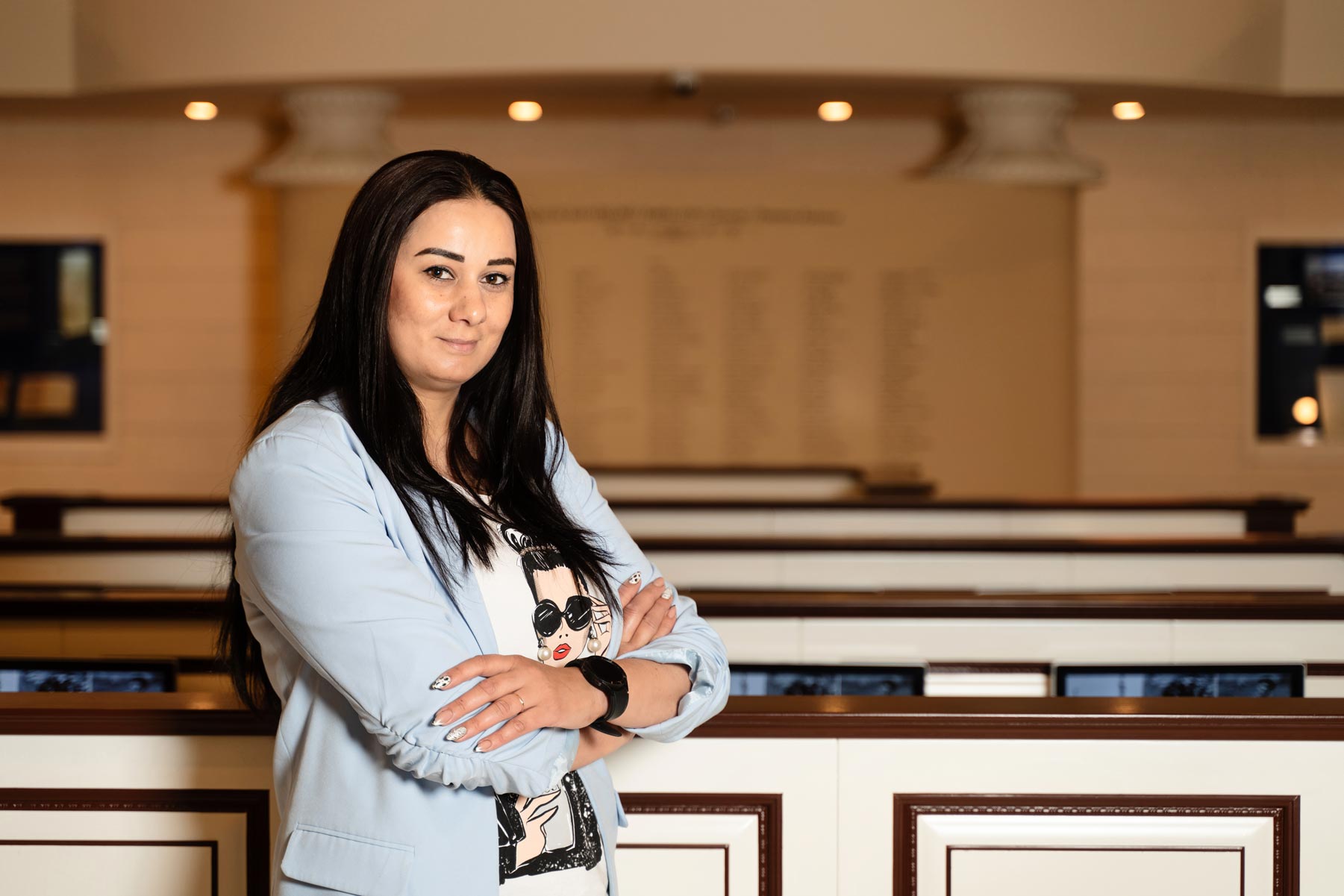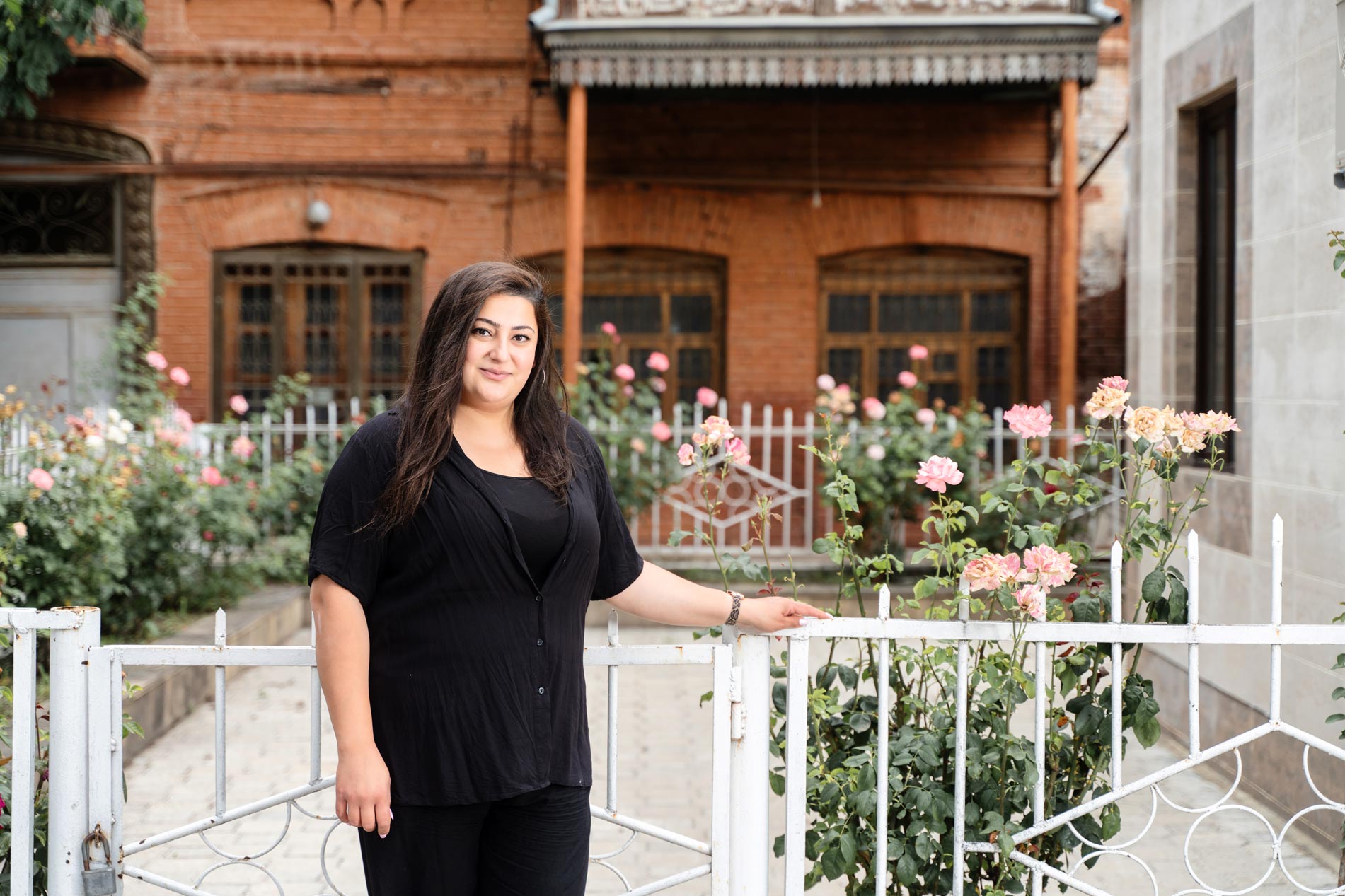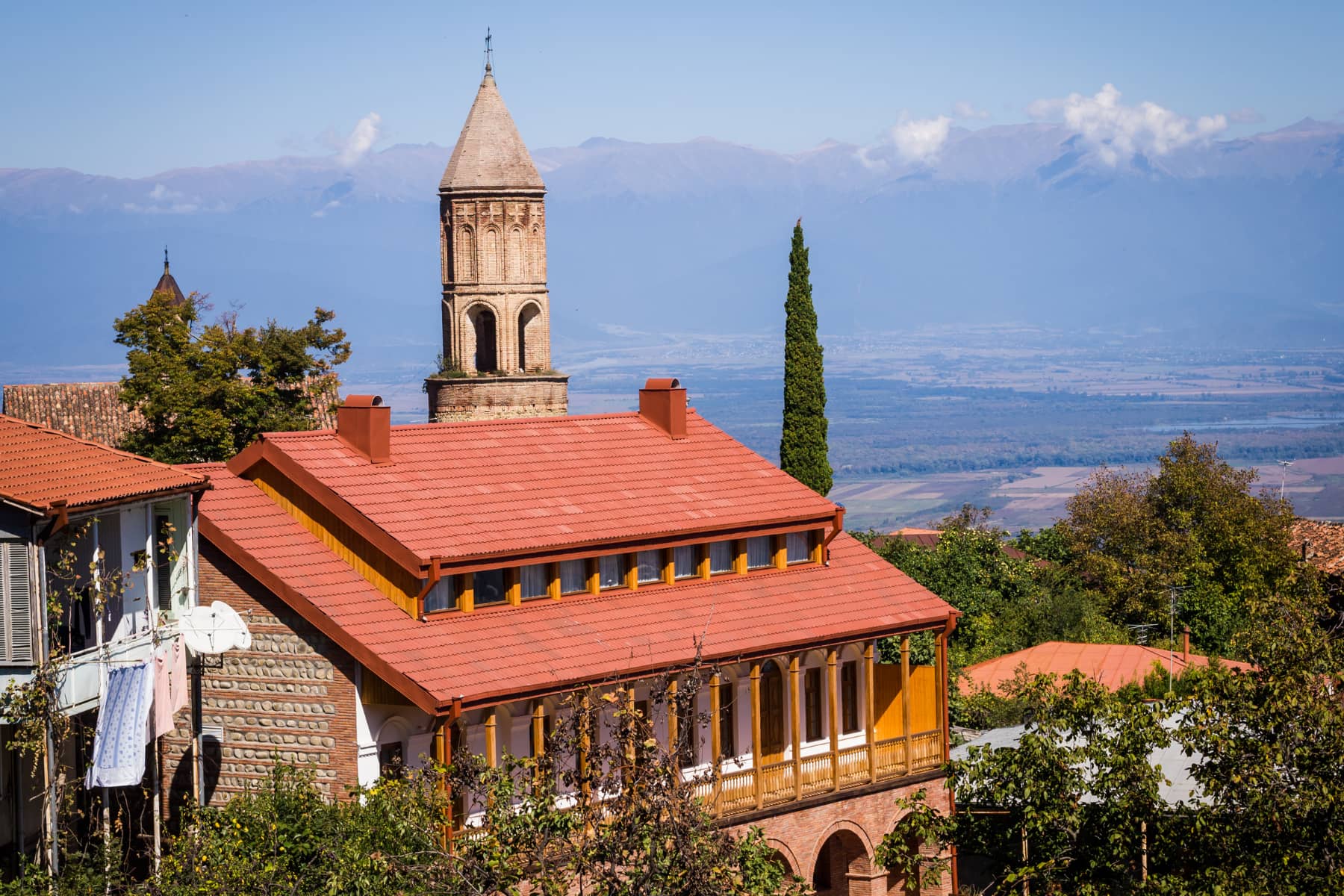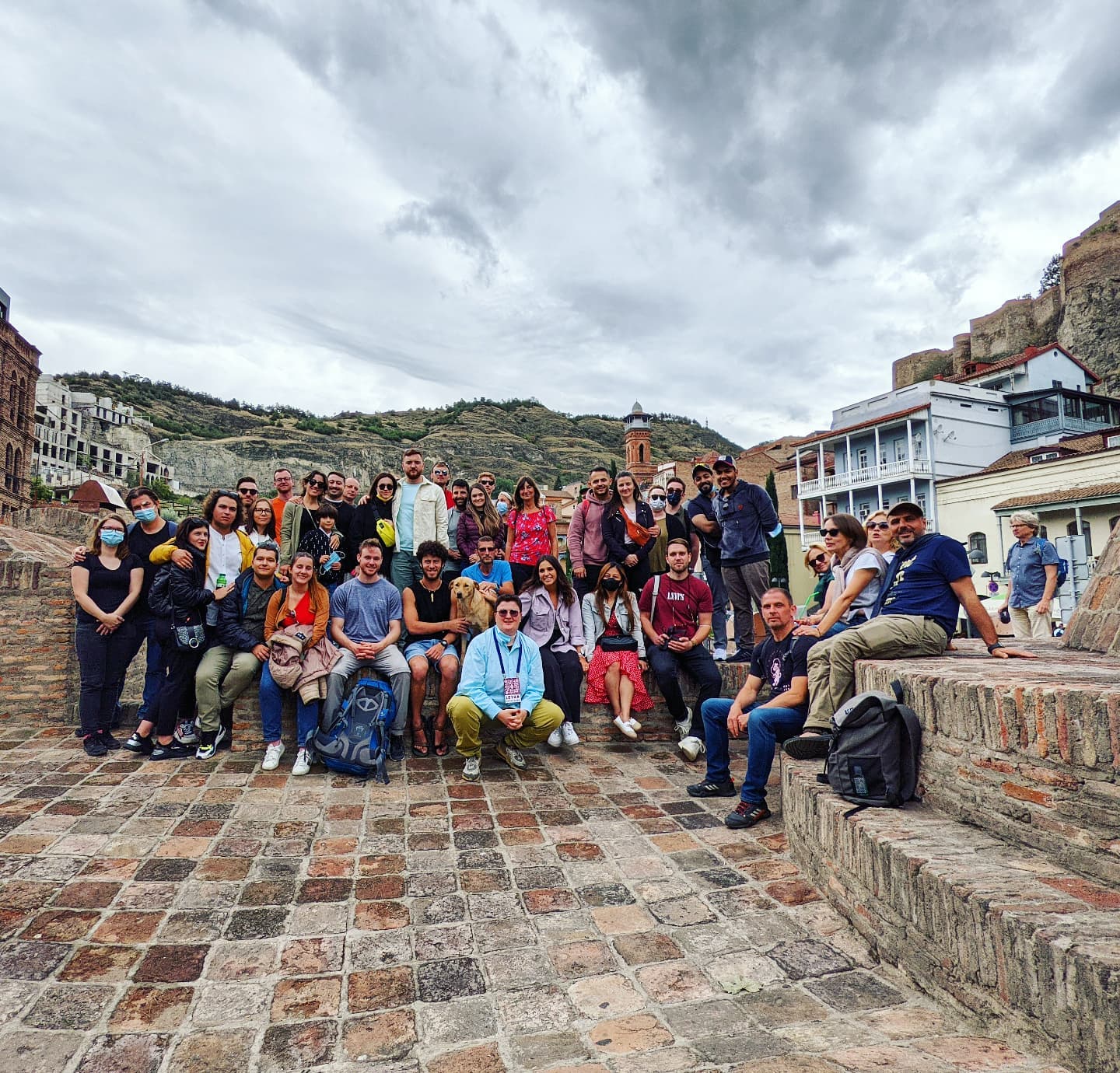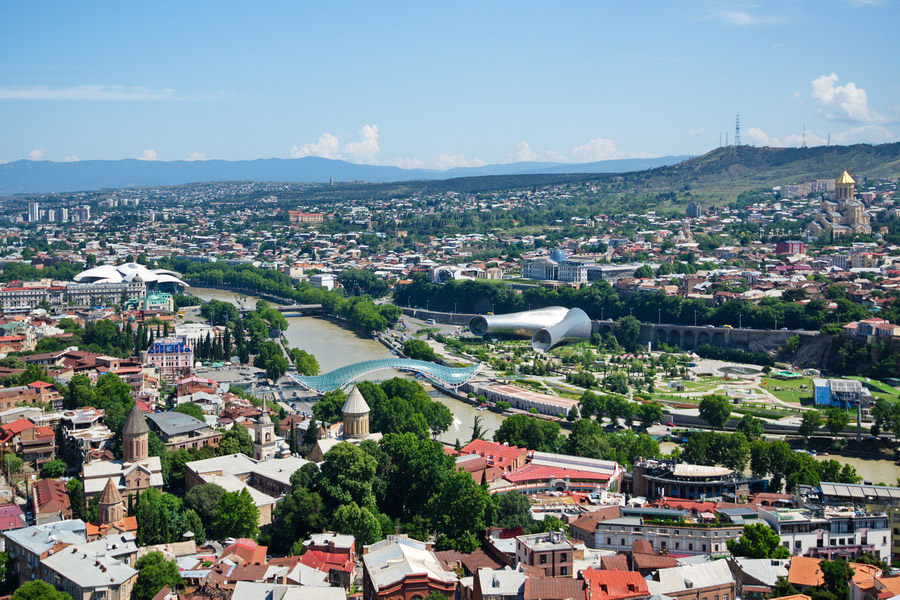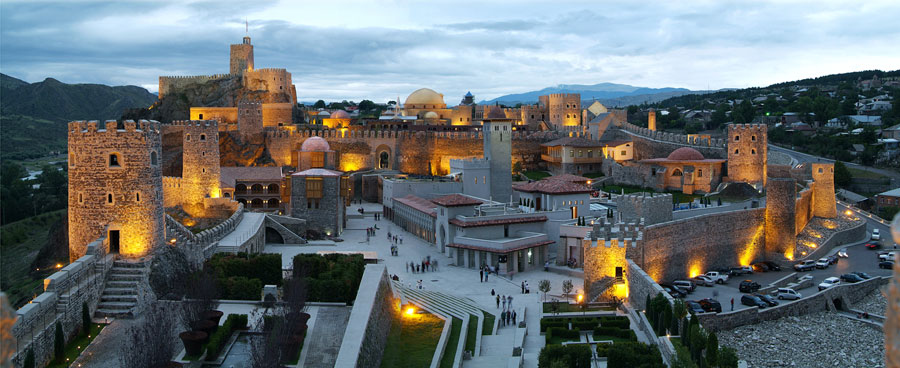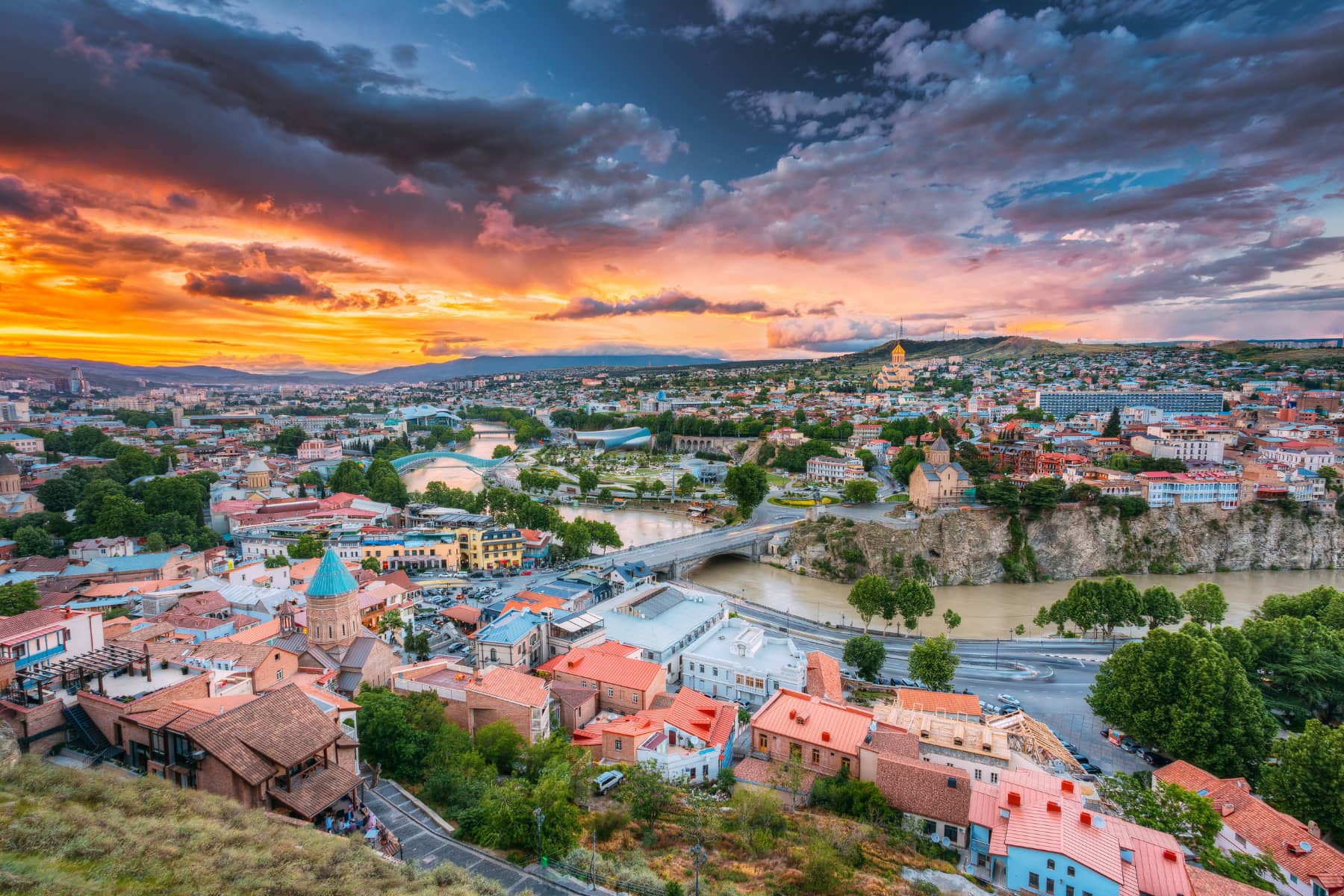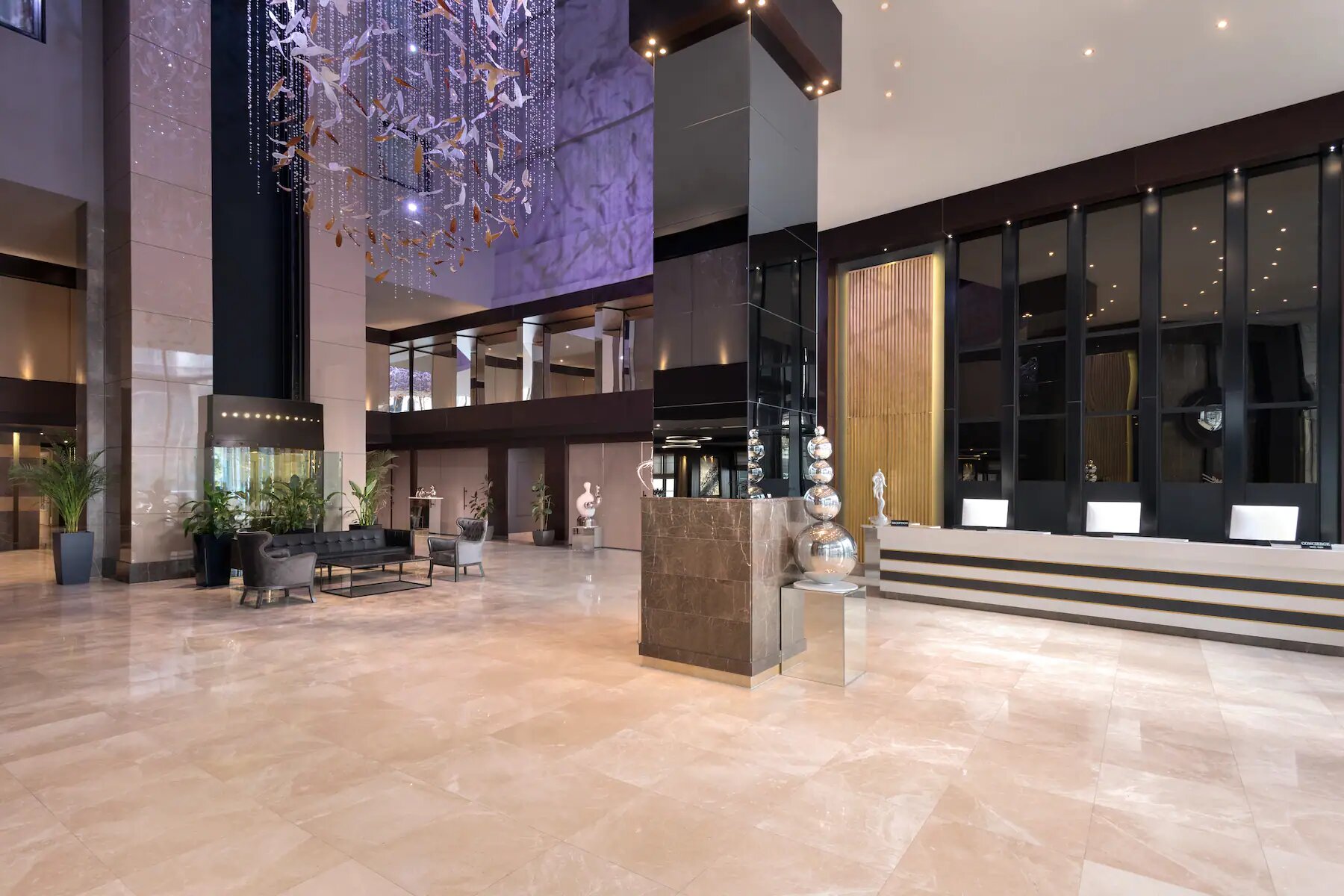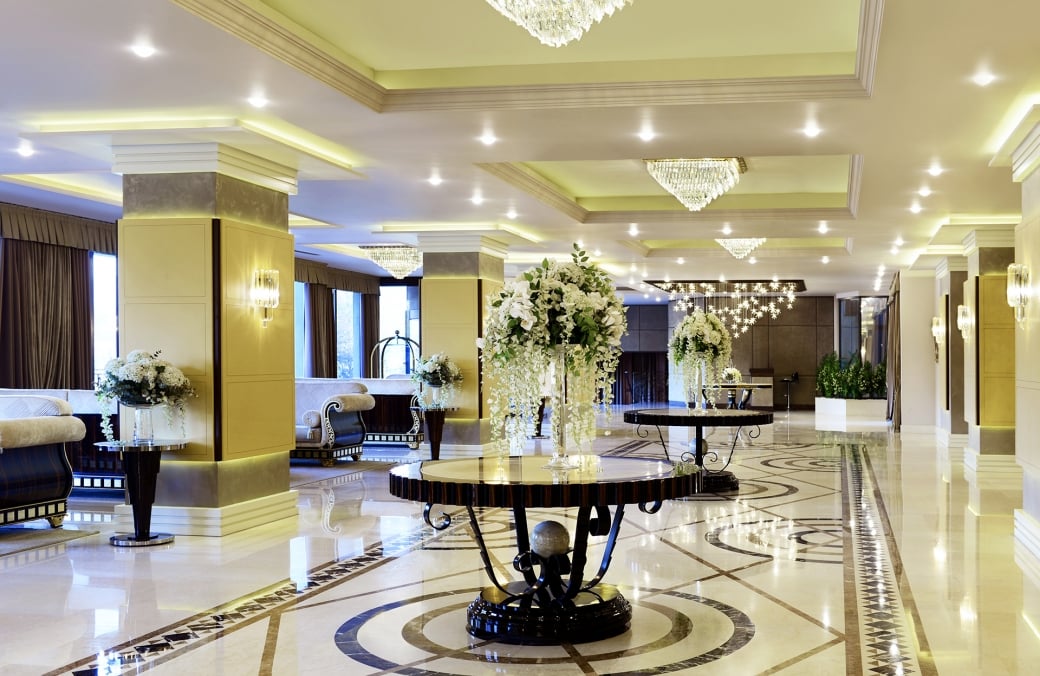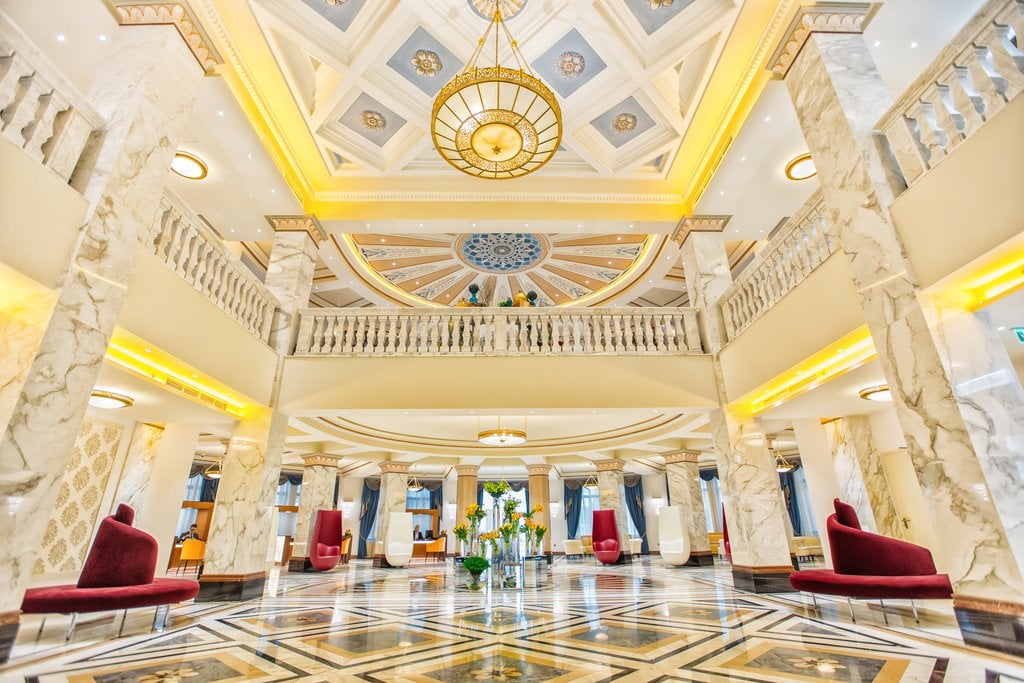Elnara was born in the Khachmaz region and moved to Israel with her family while studying in 4’th grade. After a few years, she moved back to Azerbaijan. Here she started her career as a guide, developing her tours for students in northern regions. Later she moved to Red Settlement in Guba city, where she shares her passion and knowledge of Jewish Heritage with visitors.
Archives: Directory listings
Directory listings
Yusufova Regina
Regina was born and raised in Red Settlement, located in Guba. She works as a guide in the Red Settlement, where she shares her knowledge with the visitors.
Classic Jewish Tour of Georgia
8 days tour: Classic cultural tour involves four main regions of the South, West North and East Georgia – you will visit Caucasus mountains and lowlands, rocks and caves, taste Georgian wines and discover the country’s peculiar culture. The trip is designed for travelers’ who like to enjoy the professional guided and chauffeured traveling. Our experienced team will make your trip enjoyable, knowledgeable, comfortable and pleasant.
Tbilisi Free Walking Tour
Tbilisi Free Walking Tours – Main sights of beautiful Old Tbilisi within 2.5 – 3.0 hours. From Freedom Square through old city walls to the lovely Marionette Theater, cozy pedestrian streets of old town and more. Our Tour in Tbilisi takes place every day (rain, shine or snow). Just come to our meeting point at Pushkin Park on Freedom Square in front of the Tourist information Center and look for the local guide with badge or sign FREE TOURS.
Right now we have 3 different free tours: Main Tour in old Tbilisi, Backstreets of Tbilisi, Hidden Tbilisi Tour. Also we offer specific paid tours, Tour for Photographers, Food Tour and Wine Experience in Tbilisi
Georgia Jewish Heritage Tour
Discover the fascinating 2,000+ year history of Georgia’s Jewish community as you visit several major Jewish settlements and their beautiful synagogues on this 9-day Jewish tour of Georgia. Learn about the origins and history of Jews in the country, how Jewish people have practiced their faith and culture here over many years, and how the community endured during the years of Soviet repression. Get to know Georgia’s small, but vibrant, community of Jews today – meet the locals and find out about their lifestyle and institutions, taste traditional Georgian-Jewish dishes, and hear the unique Judeo-Georgian language. In addition, explore some of Georgia’s other historical and tourism highlights.
Jewish Group Tours to Tbilisi and Batumi
Day 1
Arrival in the evening and meeting in Tbilisi Shota Rustaveli International Airports, transfer to Tbilisi 4 star hotel, during the transfer the group of visitors will be able to see sightseeing and illuminated streets of the capital city from the bus, accommodation of the group of visitors in star hotel 4*Betsy’s Hotel in the ancient district Mtatsminda, free time, the tourists will be able to see and take pleasure by marvelous views of illuminated city, staying in the hotel.
Day 2
Breakfast in the morning and tour to Jewish Museum located in one of the ancient districts of the city Tbilisi, there you can see the copy of miraculous Hebraic handwritten Bible of X-XI centuries in Lailashi and its ancient history, the original of the Bible is preserved in Georgian Museum of Manuscripts. We’ll see the great Synagogue in Tbilisi, built by Jews from Akhaltsikhe in 1904-1911, its interesting Hebraic library and history. Our next visit will be in „Beit Rachel” Synagogue. It was rebuilt in 2009. Prior to the renovation, the building was known as the Ashkenazi Synagogue. Next tours will be in Tbilisi Historical places and sightseeing, rest at a certain time, free time and back to Tbilisi hotel in Mtatsminda.
Day 3
Breakfast in the morning and tour to the market of craftworks near Dry Bridge in Tbilisi. It is the extraordinary flea market in the center of Tbilisi, perfect for lovers of old and antique things. There is a huge assortment of antiques, jewelry, old books, maps, pins, badges, kitchenware, and other small items on sale. The visitors can see marvelous exhibition of Georgian paintings and craftworks in the open air, buy memorable souvenirs for remembering their unforgettable travelling to this wonderful country.
See the remaining itinerary at our website!
Mukhran Guliashvili
I am Georgian Tour Guide, Mukhran Guliashvili, with 4 years of working in the field, I have BA in History and MA in Education, I worked in Education department of Georgia, but then I decided to quit public job and switch in tourism, because think here I can bring more benefit to my country. I organize Private tours for individuals, families, and friends. I Use high class comfortable Cars, Minibuses, Buses. My Main Goal is To Make a network of nice friends around the world. Its huge pleasure to make Georgia familiar to you!
Wyndham Grand Tbilisi
Situated near Tbilisi’s bustling Rustaveli Avenue, we provide easy access to top-notch shopping, nightlife, and dining. From our doors, you can walk the capital’s cobblestone streets and marvel at stunning Tbilisi architecture, visit inviting cafés, or admire the art in one of the many local museums and galleries.
Hotel Ambassadori
History of Ambassadori Tbilisi began in 2004. In the heart of Tbilisi, in a very beautiful historic district of the city, a new restaurant was opened. Breathtaking views of the old city, established on the right bank of river Mtkvari, was perfectly visible from the restaurant.
The Biltmore Tbilisi Hotel
The 5-star Biltmore Tbilisi Hotel is centrally located in proximity to Rooms and offers views over the city. To ensure an exceptional stay in Tbilisi, professional staff stands ready to provide valet parking service, shuttle service and 24-hour room service.
